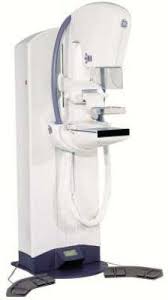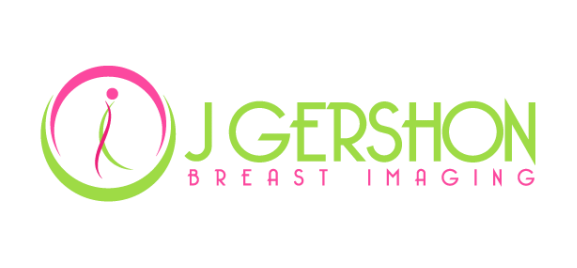Full-Field Digital Screening and Diagnostic Mammography

Mammography Screening has been shown to reduce breast cancer mortality and save lives. The American College of Radiology recommends mammography screening annually for women beginning at age 40. A baseline mammogram may be obtained between ages 35-40.
An abnormal screening mammogram may lead to a diagnostic mammogram, in which a specific abnormality needs to be further evaluated with additional images. Diagnostic mammography may also be performed on patients with clinical or physical signs of breast disease.
Digital mammography is beneficial in that it utilizes less radiation in image acquisition and provides improved image quality, as compared with film-screen mammography. Digital mammography has been shown to be especially helpful in evaluating patients with dense breast tissue, due to improved image accuracy. At J Gershon Breast Imaging, all mammograms are obtained on a 2013 GE Senographe Full-Field Digital Unit.
